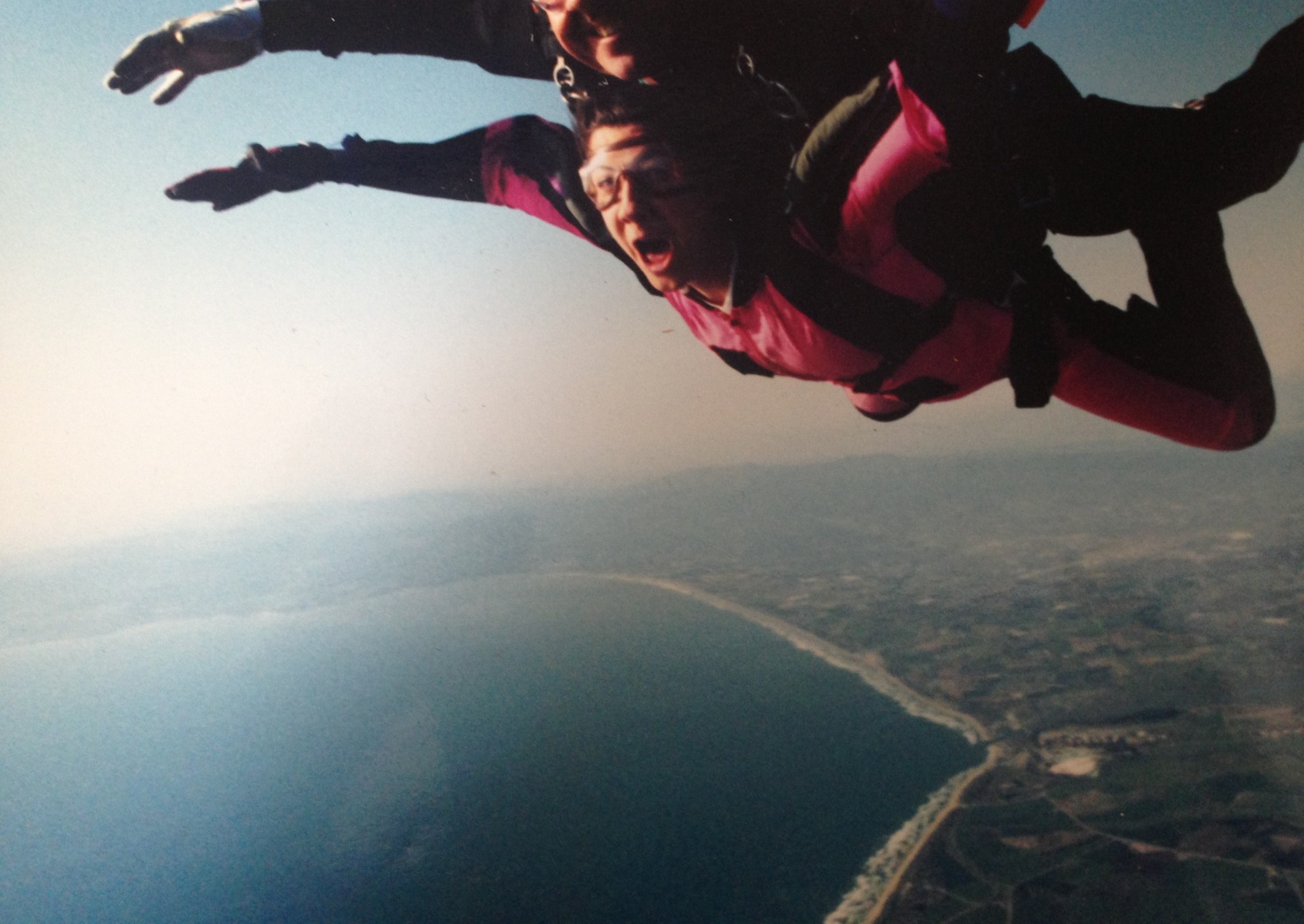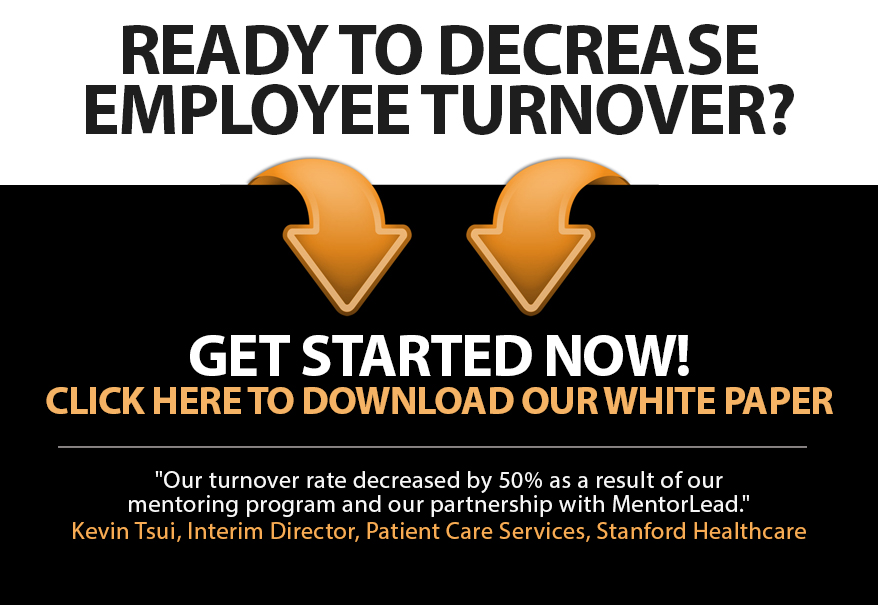
In 1999 I jumped out of an airplane and I quit a great job. Why?
- I was not afraid to go skydiving
- But I was afraid to confront my boss (so I left the company instead)
How could I be fearless and fearful at the same time?
Marketing guru Robert Middleton said it best: Fearlessness is not a place to get to. It’s a place to come from.
- I came from fearlessness when I strapped that parachute on my back.
- I came from fear when needing a difficult conversation with my boss.
Makes sense. Fear is designed to protect us against disappointments and failures that we’ve experienced in the past.
I had never jumped out of an airplane so I didn’t need protection from past disappointments and failures that involved a parachute.
But I had struggled with “difficult conversations” in the past, so from my perspective that seemed scarier that jumping out of an airplane.
Which explains why kids approach many situations fearlessly… They aren’t carrying around decades of disappointments and failures.
So how can we (adults!) come from fearlessness instead of fear?
Purposeful Practice.
- Focus on past triumphs; downgrade past failures
- Talk to Mentors for fresh perspectives and advice on the situation
- Study role models
- Experiment with a pilot, a trial, a test (“Hey boss, I’m piloting a new conversation with you. Let me know what you think!”)
- Find something to want so badly that fear becomes irrelevant
Even Olympic Gold Swimmer Michael Phelps admits he was afraid to put his face in the water when he was seven. But then he came from fearlessness and his journey to greatness sparked.
Insights, learnings, and even good stories emerge when we walk out of our comfort zone and into an adventure. Fear be damned.
![]()

